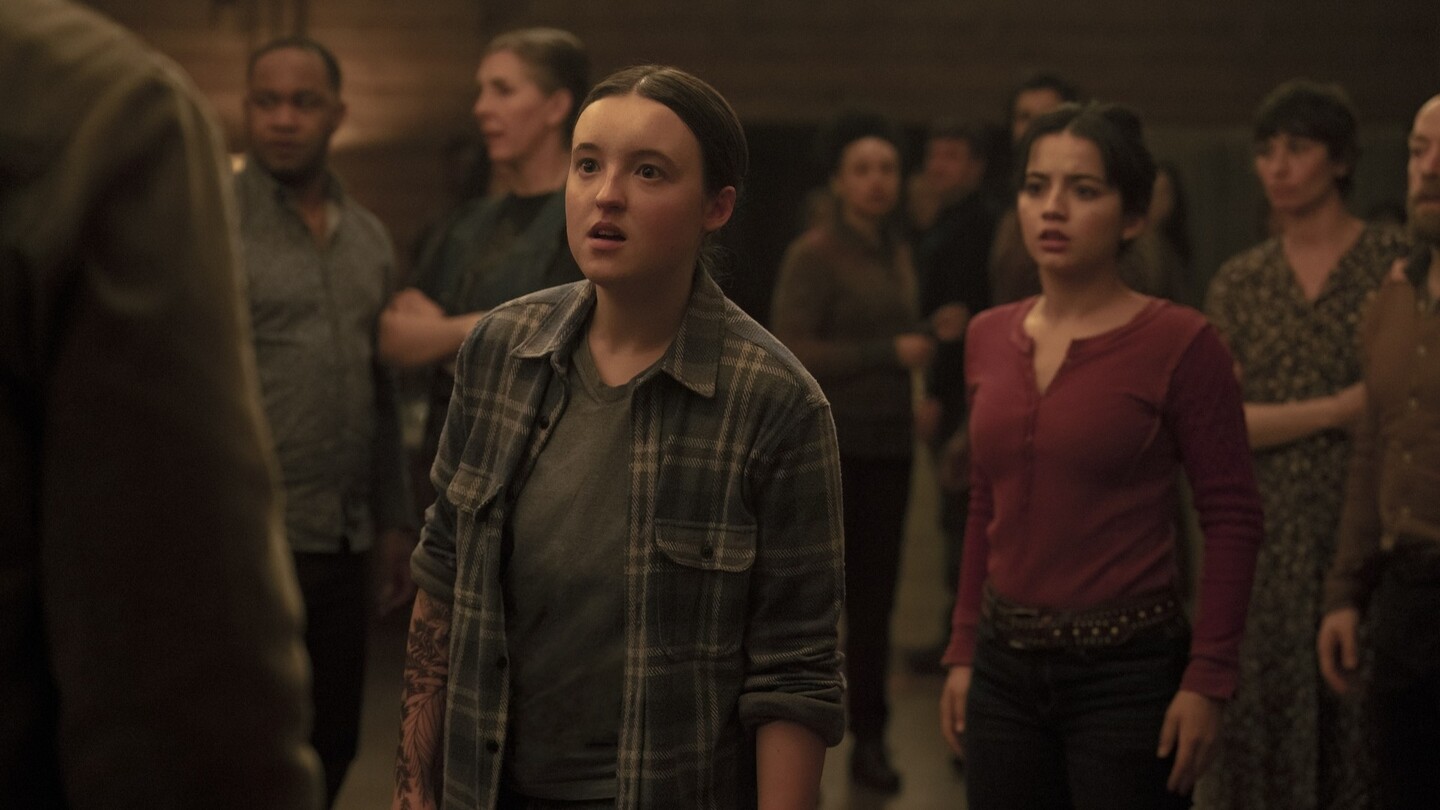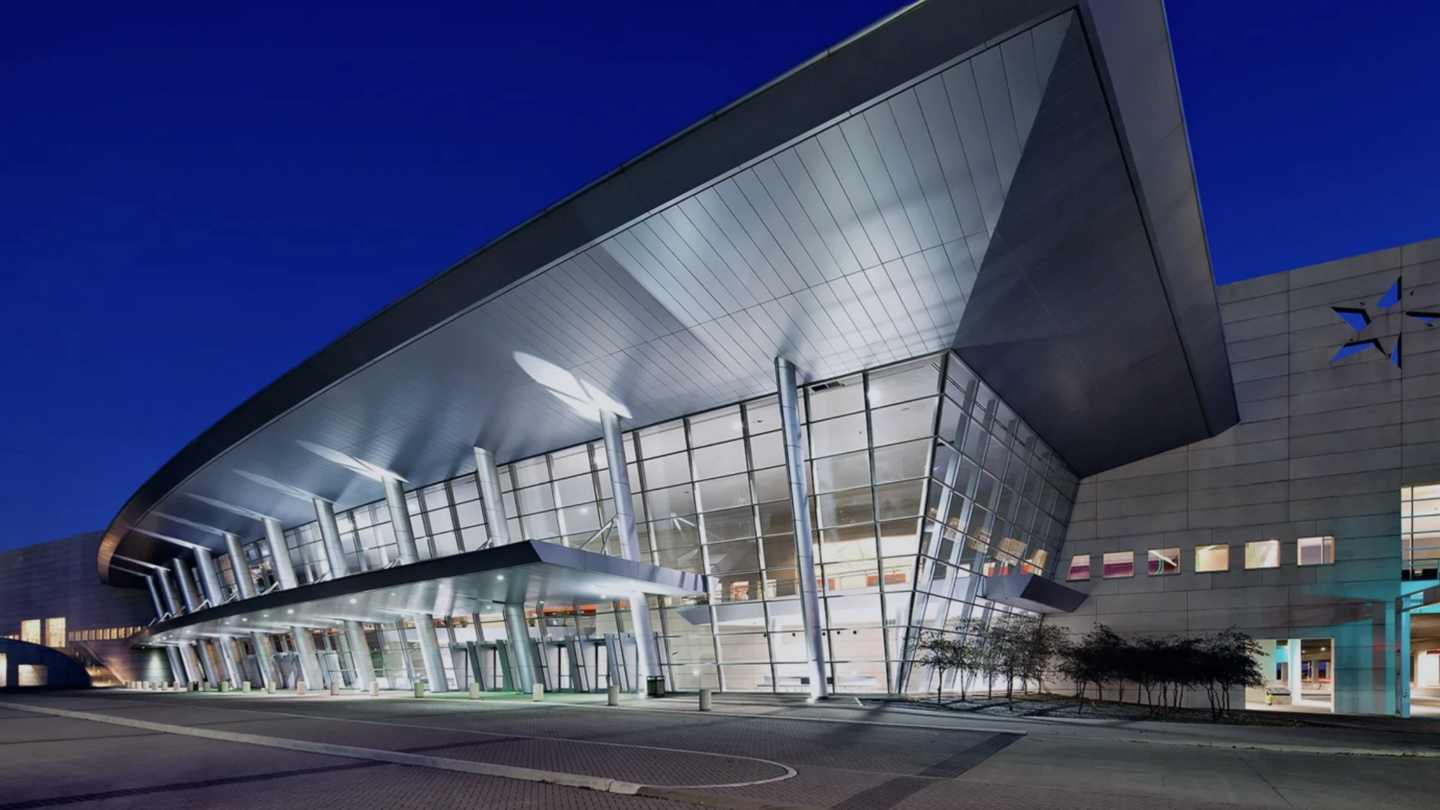France has one standalone sporting spectacle this year in hosting the Rugby World Cup France 2023 and anticipation of a possible home triumph is building, writes Adrian Pennington.
“This reminds me of the excitement in the build-up to 1998 when France hosted the football World Cup,” said Julien Bertin, Executive Producer at HBS, told IBC365. “If France performs on the pitch anywhere near as well as [the team who won in 1998] the more the excitement will build; this is a huge opportunity for France as a country.”
In the four years separating the 2019 and the 2023 Rugby World Cups, World Rugby has worked hand in hand with its host broadcaster, HBS, to evolve its coverage to add new specialist cameras to the standard camera plan. Coverage this time will feature footage from cable-cameras for every match, drones, helicopters, and cine-style cameras.
“It has been a pleasure to work alongside HBS with the planning of RWC 2023 where we feel the broadcast of rugby will be shown in an...
You are not signed in.
Only registered users can view this article.

Behind the scenes: The Last of Us II
There is a version of episode 2 where the brutal death of a loved character isn’t quite so extreme. But they chose not to go there, explains editor Timothy A Good.

Behind the scenes – Daredevil: Born Again
The Hell’s Kitchen of Disney’s masked vigilante reboot is given a grungy seventies overhaul by lead cinematographer Hillary Fyfe Spera

Behind the scenes: Squid Game 2
The glossy, candy-coloured design of Squid Game is a huge part of its appeal luring players and audiences alike into a greater heart of darkness.

Behind the scenes: Adolescence
Shooting each episode in a single take is no gimmick but additive to the intensity of Netflix’s latest hard-hitting drama. IBC365 speaks with creator Stephen Graham and director Philip Barantini.

Behind the scenes: Editing Sugar Babies and By Design in Premiere
The editors of theatrical drama By Design and documentary Sugar Babies share details of their work and editing preferences with IBC365.

.jpg)



